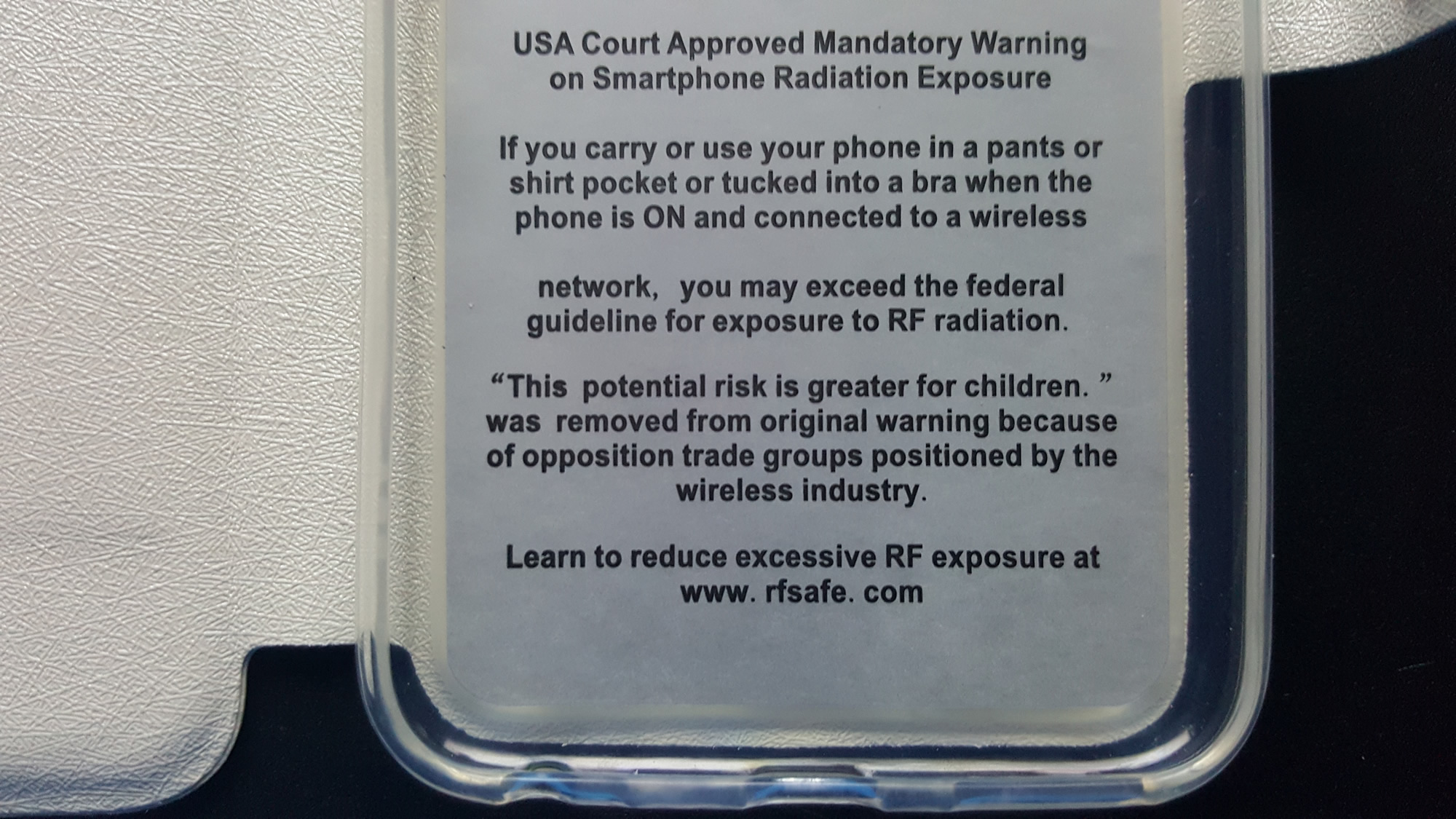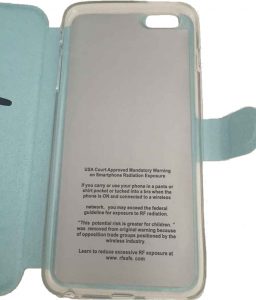
RF Safe openly rebuts CTIA claims that Berkeley’s “right to know” ordinance to warn consumers about cell phone radiation exposure in retail stores violates free speech. RF Safe concurs with Berkeley’s unanimous decision that the required cell phone radiation warnings are guidelines directly from the cell-phone manuals, which simply reminds consumers that in most cases operating a cell phone closer than 5mm to body may exceed federal guidelines on exposure to radio-frequency radiation.

According to John Coates, CEO of RF Safe, “The CTIA disputing Berkeley’s ‘Right to Know’ Cell Phone Radiation Warning Ordinance may have serious health ramifications that will impede extensive research into health effects of smartphone usage today.”
The controversial case before the federal Court of Appeals is CTIA-The Wireless Association v. City of Berkeley et al., case number 16-15141.
The City of Berkeley is being represented pro bono by Lawrence Lessig, Roy L. Furman Professor of Law and Leadership at Harvard Law School. Formerly, Lessig was a Professor at Stanford Law School.
Coates says “Accepting Berkeley’s precautionary approach seems harmless enough, however the CTIA has claimed that Berkeley’s ordinance violates free speech.” (CTIA-The Wireless Association v. City of Berkeley et al., case number 16-15141)
The Berkeley cell phone radiation warning ordinance (No. 7,404-N.S.), adopted in March 2016, mandates that cellular retailers warn customers about exposure to RF radiation when operating a smartphone.
Since 1996, the FCC has required that all cell phones sold in the United States not exceed a SAR limit of 1.6 watts per kilogram (W/kg), as averaged over one gram of tissue.
The problem addressed by Berkeley’s “right to know” ordinance arises because most new smartphones manuals make the process of disclosing a smartphones SAR value very difficult, and the problem is made even worse when retail store employees selling smartphones aren’t informed on SAR values of the devices sold to the public.
RF Safe recently investigated whether cell phone retailers were aware of these guidelines. “The lack of cell phone radiation safety education demonstrates why this law is so important, as retailers have no clue about phone radiation levels,” says Coates
The current court approved message reads, “To assure safety, the federal government requires that cellphones meet radio frequency (RF) exposure guidelines. If you carry or use your phone in a pants or shirt pocket or tucked into a bra when the phone is ON and connected to a wireless network, you may exceed the federal guidelines for exposure to RF radiation. Refer to the instructions in your phone or user manual for information about how to use your phone safely.”
 With great thanks to 1st Amendment rights, the above safety message is now printed inside most of RF Safe cases designed to deflect excessive cell phone radiation away from smartphone users in support of Berkeley’s “right to know” ordinance contested by the CTIA.
With great thanks to 1st Amendment rights, the above safety message is now printed inside most of RF Safe cases designed to deflect excessive cell phone radiation away from smartphone users in support of Berkeley’s “right to know” ordinance contested by the CTIA.
RF Safe’s cell phone radiation case is designed to limit users from excessive radiation exposure is available now, as part of the RF Safe Corporation’s new four component safety package. The case is designed with a cell phone radiation shielded flip cover to protect the user from microwave exposure. The radiation safety package, also features an RF Safe AirTube Headset, RF Safe Ferrite Bead, and secondary shielding kickstand. Click here to view details on RF Safe Cell Phone Radiation Safety Packages.
A log of developments on the Berkeley ‘Cell Phone Right to Know’ ordinance can be viewed here:http://www.saferemr.com/2014/11/berkeley-cell-phone-right-to-know.html